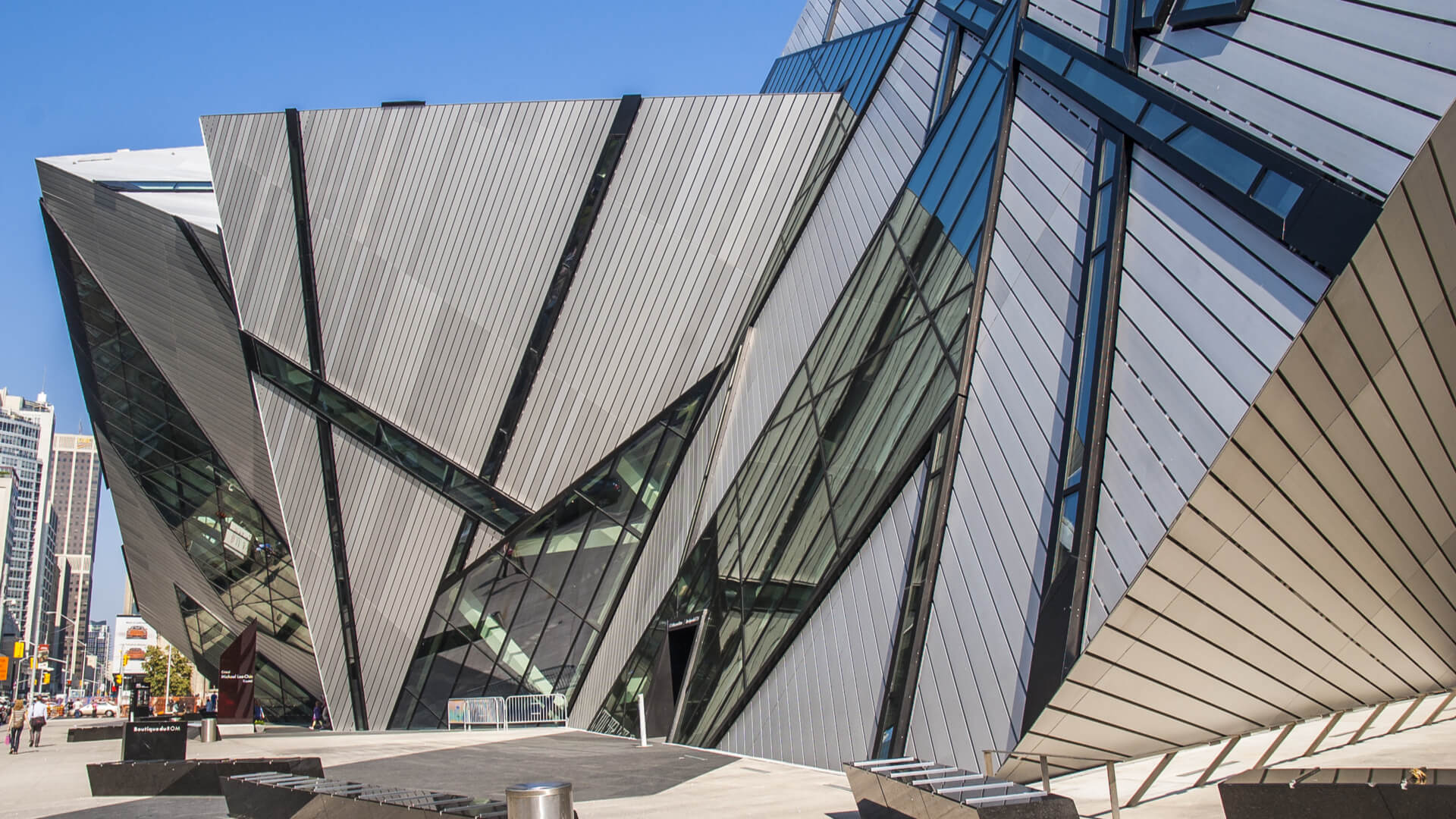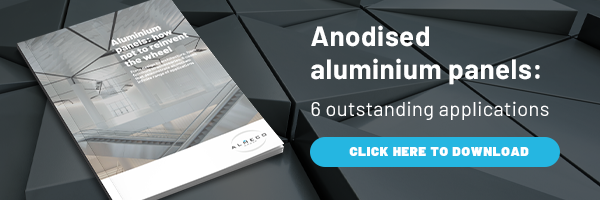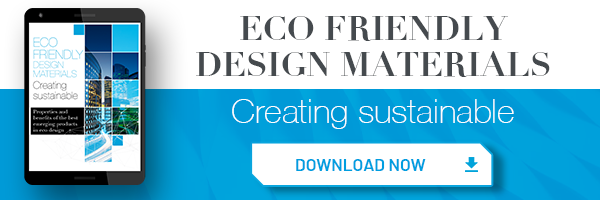Since aluminium emerged as a material for contemporary architecture, it has been increasingly used in modern buildings, thus establishing a new paradigm for construction. Aluminium meets several requirements that make it suitable for the most innovative constructions.
Pushing creativity boundaries: anodised aluminium for cutting-edge constructions
Aluminium is suitable for creating large-scale structures, such as long-span roofs, thanks to its ductility and malleability. Anodisation – which allows for uniform and homogenous surfaces across the entire width – adds value to the aesthetics of modern state-of-the-art buildings. Aluminium’s light and heat reflectance make it an ideal material for ventilated façades, creating the conditions for significant energy savings by reducing energy for air conditioning.
Some aluminium alloys also offer enough mechanical strength to support large spans of glass, opening up to new possibilities in the construction of skyscrapers and contemporary architectural buildings, pushing the boundaries of creativity whilst supporting architects designing – and realising – beautiful, outstanding and visionary projects.
What are the benefits of aluminium in construction?
It is, therefore, already clear why the use of aluminium is already widespread in the architectural sector. However, let’s dig deeper into the advantages of this extraordinary metal in construction, which are:
- Light weight. Aluminium is a very light metal with a specific weight of 2.7 g/cm3, about a third of that of steel.
- Corrosion resistance. Aluminium is particularly useful for applications where it is exposed to corroding agents.
- Electrical and thermal conductivity. Aluminium is an excellent electrical and thermal conductor.
- High reflectivity. Aluminium is a very efficient reflector of both heat and light.
- Ductility. Thanks to its low melting point and density, aluminium can be processed in several ways to get a wide range of products, such as sheets, foil, geometrical configurations, tubes, rods or wires.
- Recyclability. Aluminium is 100% recyclable and recycled aluminium is identical to the virgin product.
Most common applications of aluminium for building construction
All these advantages make aluminium an excellent choice to design buildings that are elegant, comfortable and sustainable. The applications of aluminium in the construction industry are numerous, and include:
- façades and cladding;
- composite panels;
- roof covering;
- decorative objects for interior design;
- indoor lighting applications;
- solar district heating.
Driving an eco-friendly future: a sustainable material for energy certification
Aluminium carries certified energy credentials that raise the standards of sustainability for contemporary architecture. First of all, it is 100% recyclable without losing any mechanical properties. Moreover, according to recent studies, the amount of post-consumer aluminium available for recycling will more than double by 2050: it will increase from 3.6 million tonnes per year in 2019 to 8.6 million tonnes by 2050 (Source: European Aluminium).
A key role in energy certification – along with recyclable rates – is also played by energy savings. Both of these features facilitate the achievement of LEED (Leadership in Energy and Environmental Design) and BREEAM (Building Research Establishment Environmental Assessment Method): the state-of-the-art certifications that are giving shape to the future of green buildings and “circular architecture”.
A focus on LCA: contemporary architecture and the life cycle of materials
When it comes to eco-friendly architecture and construction, the new paradigm increasingly requires that design is based on the principles of the LCA (Life-Cycle Assessment) standards. Along with country-specific and product-specific indications, LCA’s three main principles are:
- ISO 14040 and ISO 14044 on life cycle assessment, the leading international standards focusing mainly on the process of performing LCA, following a product’s impact from cradle to grave.
- ISO 14067 on the carbon footprint of products, providing principles, requirements and guidelines for the quantification and reporting of the carbon footprint.
- ISO 14020, ISO 14021, ISO 14024, ISO 14025, and ISO 14026, defining principles, requirements and guidelines for the development and use of environmental labels and declarations; they also include the communication of footprint information.
Empowering innovation: aluminium for prefabricated modular constructions
Today’s most innovative constructions involve building systems with elements prefabricated remotely, to be reassembled at the construction site. These systems, which also apply to temporary structures, can benefit significantly from aluminium, as it is a very lightweight material and therefore easier to transport. One feature of aluminium that is particularly interesting for emergency situations is its resistance to weather conditions: aluminium can withstand temperatures from -80° to + 300°. Furthermore, in temporary structures, such as emergency buildings, aluminium components provide a particular advantage of being easy to disassemble and reassemble. At the end of their life, all aluminium parts are fully recyclable.
A whole new concept of decoration: aluminium applications
Many contemporary buildings feature aluminium in decorative applications. Thanks to the many different finishings, aluminium, even in its structural function, can also be applied for decorative purposes, e.g., for windows, skylights, doors, lifts, as well as for roofs, roofing, and façade cladding.
With aluminium structures, it is possible to achieve a wide range of finishes by painting or anodising. Aluminium can reproduce various other metals, steel, copper, bronze, brass, gold, silver, with the advantage of being much lightweight and more resistant. Anodisation, notably, makes aluminium surfaces highly resistant to corrosion and therefore more durable. In addition, colouring through anodising is UV resistant, consequently unalterable, and ideal for outdoor use, as well as allowing for a uniform and homogeneous colour and finish across the entire width of the surface.
Anodised aluminium and façade roofs are also fire resistant, melting at up to 600°, and, thanks to the absence of VOCs, anodised aluminium does not develop toxic fumes in the event of a fire, a further guarantee for modern buildings.


